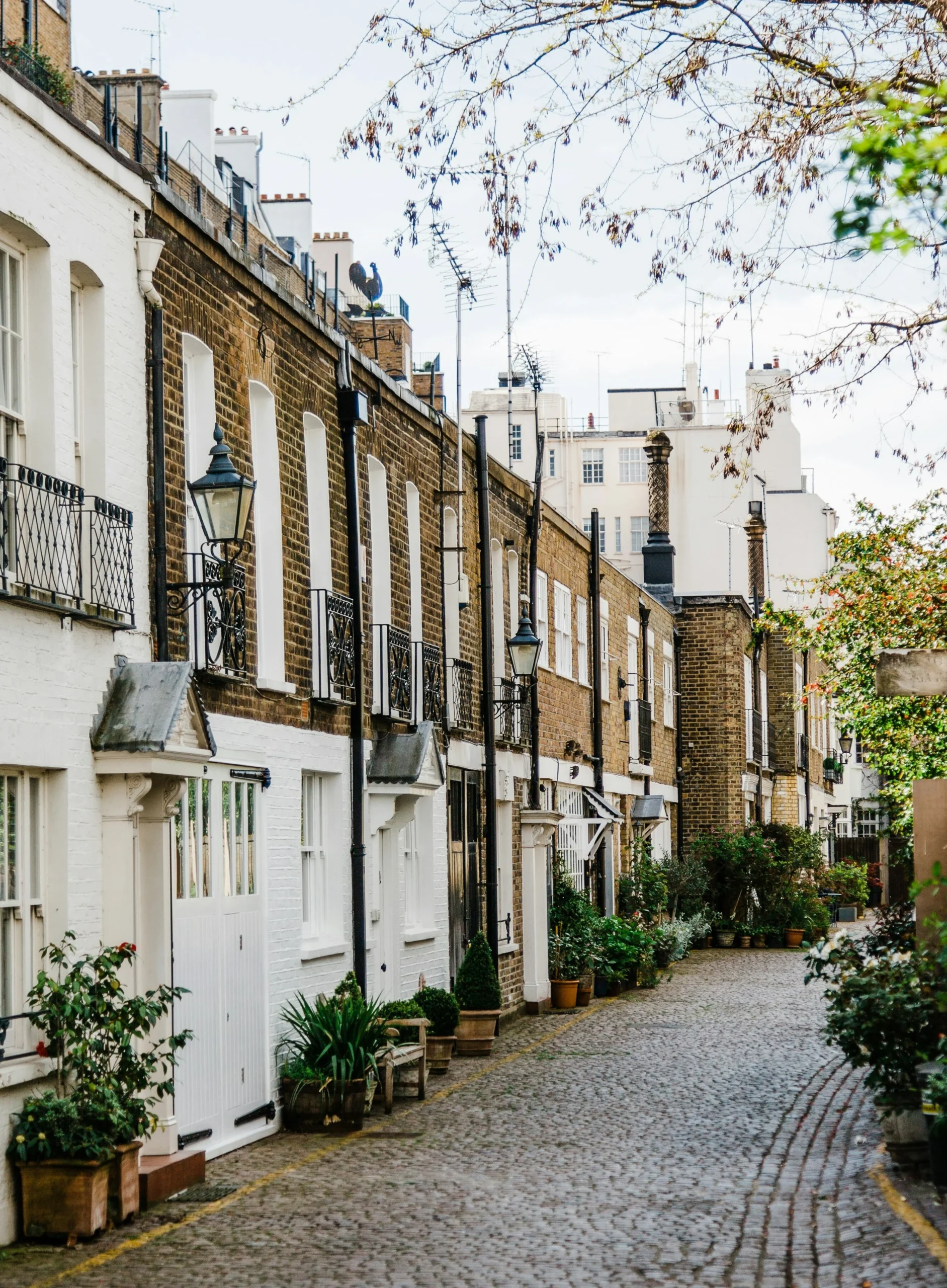
The Bank of England has given its strongest hint yet that interest rates could be cut this summer.
Bank deputy governor Ben Broadbent said in a speech that a rate cut at “some time” over the summer was “possible”.
His comments come ahead of figures on Wednesday that are expected to show a sharp drop in inflation, which measures the rate at which prices are increasing.
Earlier this month, the Bank indicated that rate cuts were likely to be actively considered in June and August, depending on how the economy performed.
Mr Broadbent has one vote on the Bank’s nine-member Monetary Policy Committee (MPC) that decides interest rates.
Earlier this month, two members of the panel voted for a cut, though rates were maintained at 5.25%. Mr Broadbent voted with the majority to keep borrowing costs at the current 16-year high.
Next month’s meeting is Mr Broadbent’s last before he leaves the Bank in July.
In a speech on Monday, he said that there was a range of views across the MPC about how much economic evidence was needed to reduce interest rates.
“The experience of the last two or three years has made people wary. Equally, the behaviour of the economy over the last six months… is reassuring,” he said.
He pointed to analysis that inflation may not be as persistent as originally feared.
While the rate has been falling over the past year, it has remained higher than some economists had forecast and this has pushed back expectations of when the Bank will cut rates.
The most recent inflation data showed that prices rose by 3.2% in the year to March, although the figure released this week is expected to see the rate drop close to the Bank’s target of 2%.
When the Bank of England held rates earlier this month, its governor, Andrew Bailey, said it needed to “see more evidence” that price rises have slowed further before cutting interest rates.
However, Mr Bailey added he was “optimistic that things are moving in the right direction”.
Fixed mortgage rates fell sharply at the beginning of the year as financial markets forecast that the Bank could cut rates a number of times in 2024.
Since then, mortgage rates have increased and remained volatile, as financial markets follow developments in the US where inflation has also not fallen as quickly as expected.
Original Post from bbc.com





